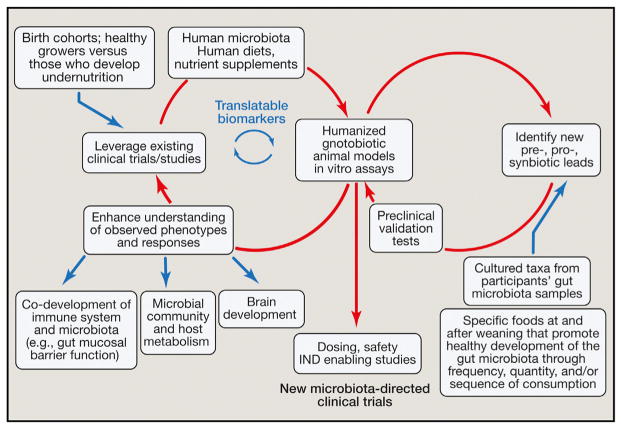Figure 2. Integration of Existing Clinical Observational and Interventional Studies into Gnotobiotic Mouse Models to Identify Interactions between the Gut Microbiota, Food, and Host Biology.
The discovery process depicted by the left circle illustrates how gnotobiotic animal models colonized with human donor microbiota and fed human diets can lead to a greater understanding of how diet-by-microbiota interactions are causally related to healthy growth and to phenotypes associated with undernutrition: e.g., immune system development, brain development, and host and microbial community metabolism. New surrogate- or mechanism-based biomarkers of nutritional state emanating from these gnotobiotic models can be validated using biospecimens collected from the donors used to construct these gnotobiotic models, as well as from other members of the study population. The discovery/development process depicted on the right illustrates how dietary and microbial “leads” can be tested in the context of humanized gnotobiotic animals to assess how they modulate biological processes already known, discovered, or postulated to be involved in healthy growth and/or the pathogenesis of undernutrition. The downward-pointing arrow in the middle of the figure points to next steps in clinical translation. See the main text for a discussion of the regulatory, ethical, societal, and commercial implications of these efforts. Abbreviation: IND, investigational new drug.

